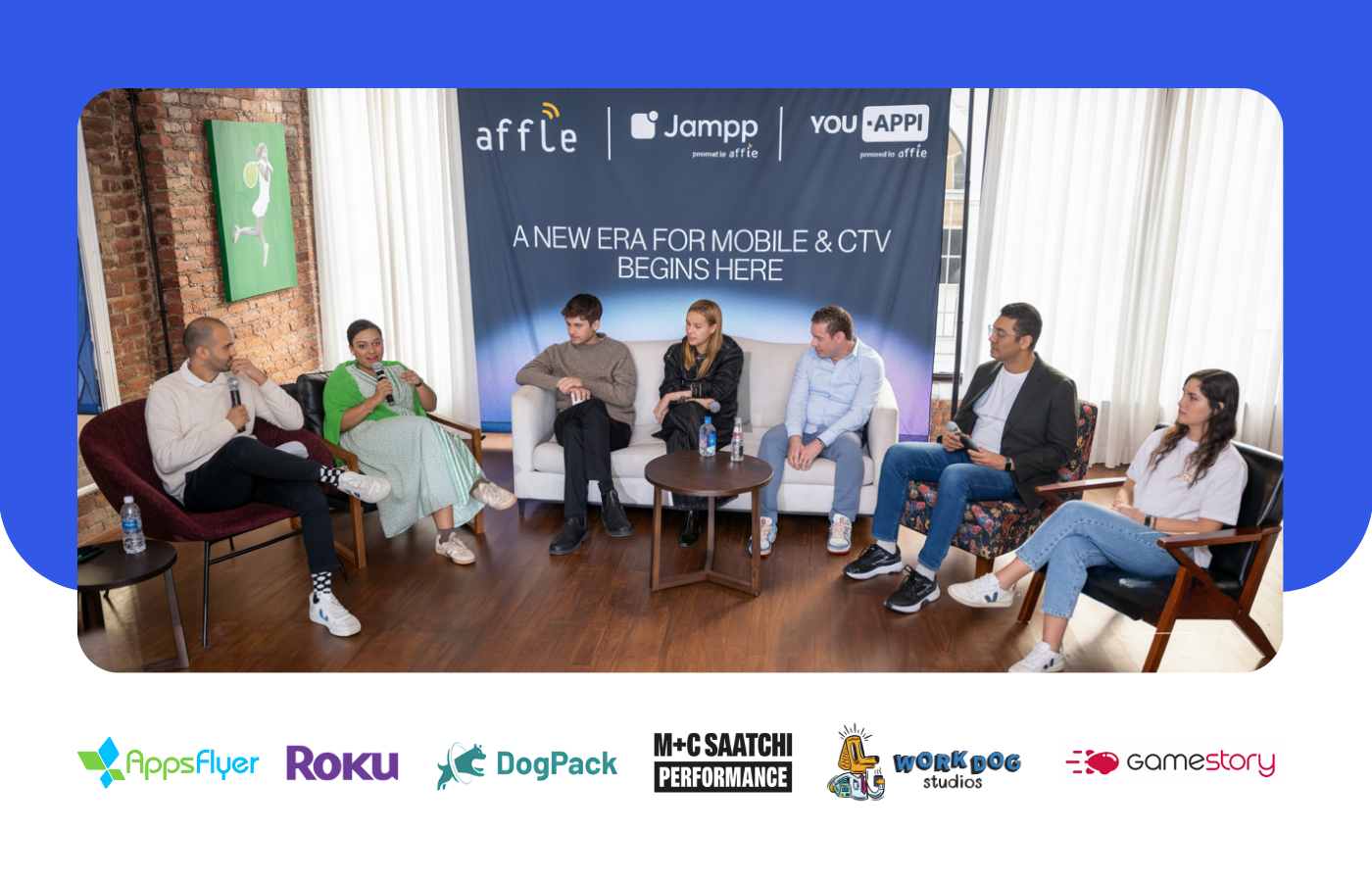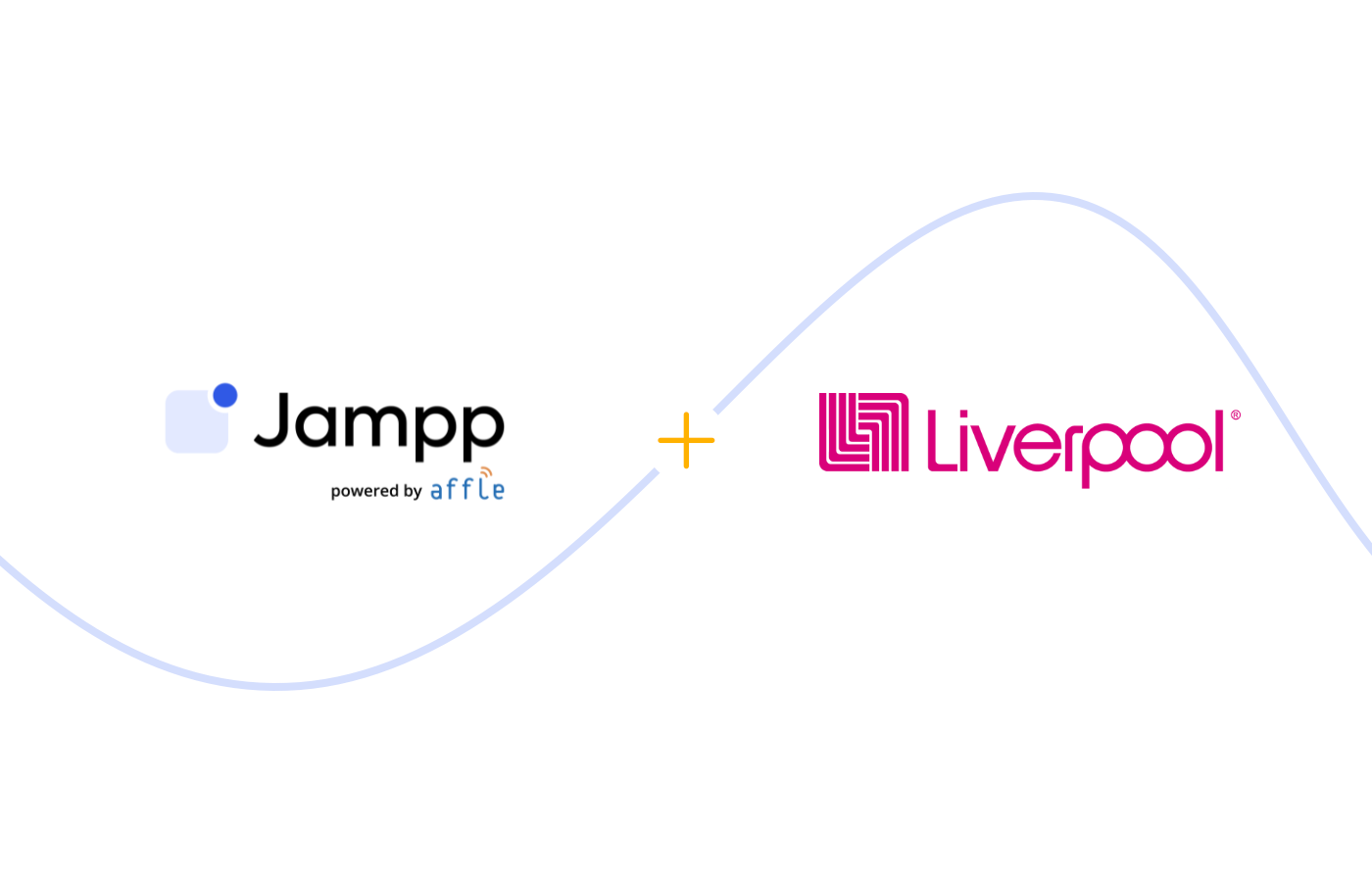7 best practices for full cycle app marketing campaigns
Instead of using Mobile User Acquisition and App Retargeting as two independent stages, these strategies should be combined to further grow the number of app users while keeping them active.
June 11, 2020

Going full cycle, from app discovery to re-engagement
Global app downloads keep growing, organic downloads lose ground to paid channels, and poor retention rates still remain a challenge for marketers looking to make the most of campaign performance. Instead of using Mobile User Acquisition and App Retargeting as two independent stages, these strategies should be combined to further grow the number of app users while keeping them active. This post covers 7 best practices app marketers should consider when going full cycle.
#1 Identify the right KPIs to successfully track performance
While both strategies ultimately seek to drive growth, acquiring and reactivating users differ in pricing, metrics, and results:
- The cost of acquiring a user can be between 5 and 10 times higher than that of retargeting[1].
- Retargeted users have an overall 152% higher engagement rate than that of app user acquisition campaigns over the first 30 days[2].
- Retargeted users retain 5% more than app user acquisition users, and a 5% difference remains by day 7[2].
So what’s the best way of measuring campaign performance?

There is no right or wrong answer. When running full cycle campaigns, it often makes sense to work with one goal throughout the entire cycle. This way marketers can assess the ultimate impact of the joined strategies rather than comparing one against the other. All the other metrics will provide different insights, but it’s important to identify which will be the main KPI used for optimization even while tracking other variables.
#2 Leverage data across the full cycle
- Organic data: In App User Acquisition, this data is used to avoid wasting impressions in pre-existing customers. In App Retargeting, it’s used to predict the right bidding price for an impression to a specific user, in real-time. Without behavioral data to measure campaign lift, create dynamic segments, or make accurate predictions, bidding becomes inefficient and costly.
- Impression-level Data: Transparency is much more than a safety check, it’s a key factor for efficient optimization. Having full visibility into top performing placements is essential to optimize bidding and inform dynamic ad creation.
- Uninstall Data: Adding uninstall data to the mix allows marketers to focus their App Retargeting campaigns strictly on users that still have the app in their devices. Users that uninstalled the app are the least likely to engage with App Retargeting ads, so showing creatives to these users often drives up the media cost with little return on investment.
#3 Identify the right message for each step of the user journey
It’s important to build different ads to speak to the users’ needs and familiarity with the product at each step of the user journey.
The most obvious difference is the Call-To-Action (CTA): one ad set will direct users to install or download the app, while the other will take users to the different desired in-app actions: “see offers”, “book a ride”, “order meal”. But this is not enough to differentiate User Acquisition from App Retargeting ads. Small variations might go unnoticed, which could result in users thinking it’s the same ad they clicked on to install the app. Make sure the two ads sets look different by opting for distinct images, background colors, or different themes.

Use Dynamic Creative Optimization for enhanced performance
It’s important to test different formats (display, video, native) but also, different creatives within those formats (images and copy) in order to feed the machine learning algorithms with multiple data points.
With Dynamic Ads, marketers can automatically create and alternate multiple creative assets. This allows them to test different creative elements to identify the images and messaging that best resonate with their users, ultimately optimizing for the ads that generate the most significant impact on performance.
#4 Leverage special dates and holidays
Marketers can create themed ads for both discovery and re-engagement ahead of the date with discounts or relevant solutions, and follow up with solid retargeting ads to keep users coming back after.
Some dates may be quite obvious like Cyber Monday and Black Friday, and others may work very well for specific verticals or regions, for example:
- Food apps in the US can leverage the Super Bowl
- Food apps in Europe saw a spike in activity around St Valentine’s day
- Fintech apps in the US can draw in new users during tax season
#5 Enable View-Through Attribution
Many users see ads and convert without actually clicking on the ad—that’s why app marketers should rely on VTA to assess which impressions are effectively driving conversions.
Enabling VTA across the complete cycle gives marketers full visibility into campaign conversions, which in turn:
- leads to a better understanding of audience behavior,
- prevents the cannibalization of organics, and
- allows for more informed marketing decisions and performance-based optimizations.
#6 Always measure lift to ensure incremental revenue
Incremental performance is one of the most relevant performance indicators for app marketers aiming to grow. It is possible, and recommendable, to measure lift throughout the entire cycle. Although isolated incrementality tests for retargeting may help understand some questions related to user re-activation, assessing the real value of marketing efforts takes a comprehensive view of the complete user journey.

#7 Identify ad fraud and how to avoid it
Ad fraud doesn’t look the same in App User Acquisition and App Retargeting, but there are some forms of defense marketers can use across the complete cycle.
- Transparent and accountable partners: Work with partners who use View-Through attribution in conjunction with last-click attribution, provide efficient lift measurement and insightful reports to gain further visibility into campaign performance.
- CPM-pricing model: Fraud follows the monetary incentive, since in-app events are more costly, CPA pricing models offer the highest reward for fraud schemes. By using a CPM model, advertisers pay as close to the cost of the media as possible, and the incentive for media partners is to obtain the highest amount of quality impressions. Whether it's User Acquisition, App Retargeting, or both, buy CPM, optimize for CPI/ CPA.
- Anti-fraud tools: incorporate the use of tools that either detect or avoid ad fraud, such as publisher blacklists and whitelists, or removing suspicious device IDs.
Wrapping up
A comprehensive growth plan, smartly combines User Acquisition with App Retargeting triggered at exactly the right moment. There can be no sustainable growth without engaging new users early on. While many companies speak to the advantage of running App User Acquisition and App Retargeting together, only a few offer a single platform to do it.
We’ve worked along app marketers from different verticals to drive growth across the entire app lifecycle. You can read their stories here or get in touch to see a demo and discuss how we can unlock programmatic advertising to help you drive incremental revenue for your business.
References
[1] “App Retargeting Drives 63% Revenue Uplift, 50% Higher than UA Alone,” AppsFlyer, 2019.
[2] “Retargeting vs. new user acquisition: Which method wins?,” Adjust, Nov 2017.
Subscribe to our email newsletter









